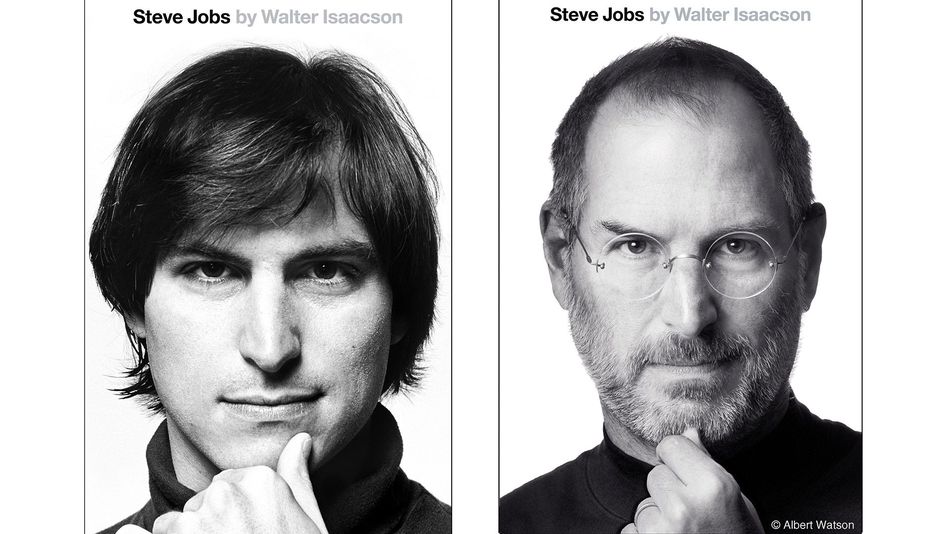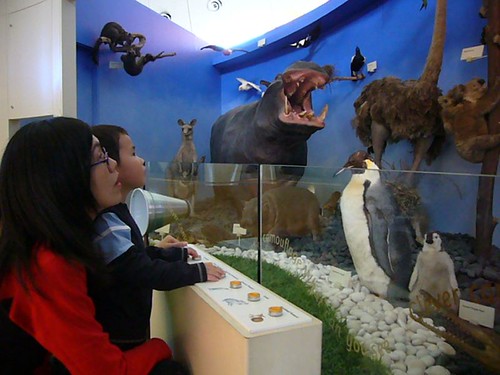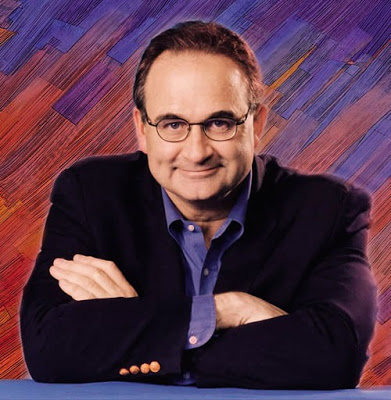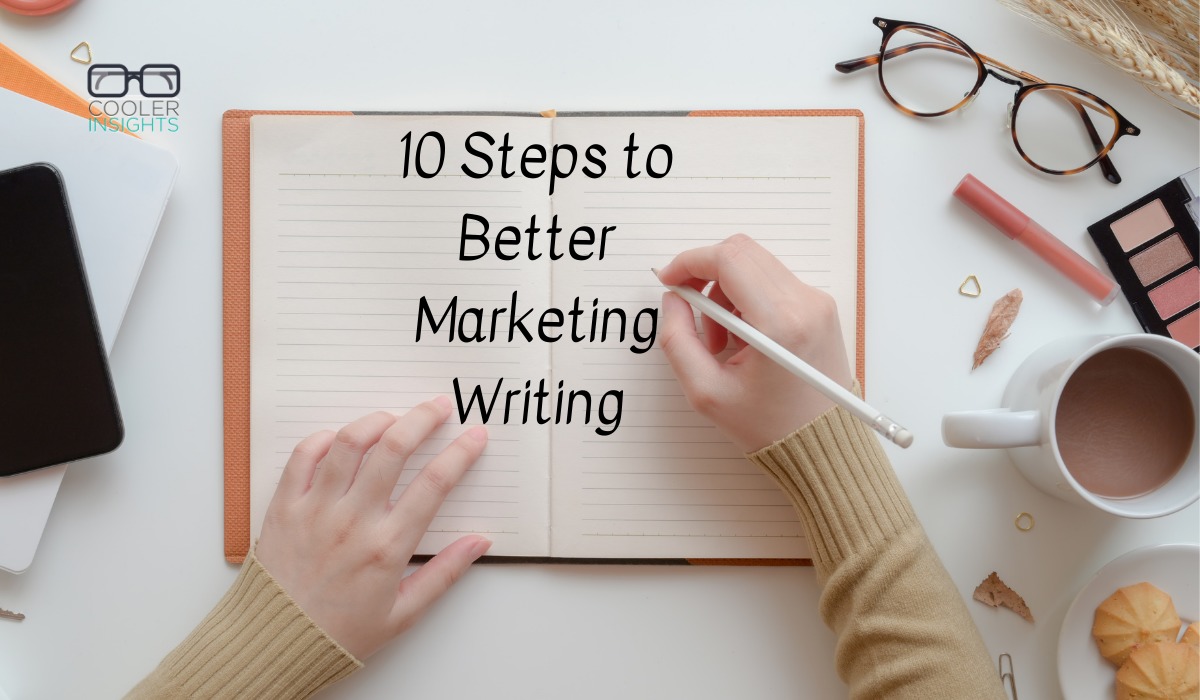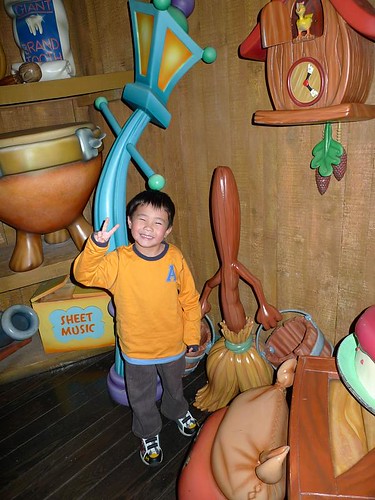
Disneyland provides lots of photo opportunities for kids!
Thanks to Bob Rogers, I recently learnt about the 10 rules of theme park design which were created by Disney legend Marty Sklar, Vice Chairman and Principal Creative Executive of Walt Disney Imagineering. These rules are designed to help anybody developing or designing a theme park to create memorable experiences for their guests.
So what are these precepts modelled after the “happiest place on Earth”?

